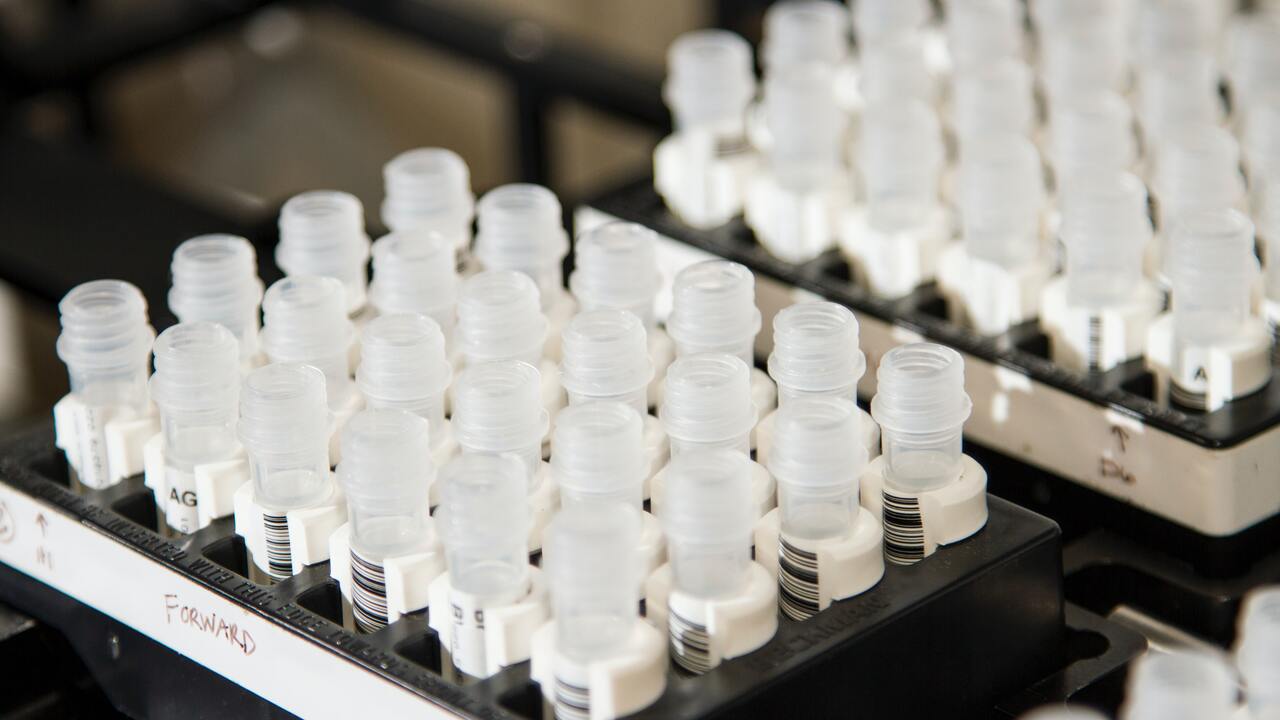If all goes well, the human embryo will implant in the womb about seven days after fertilization. At this point, the embryo becomes unusable for research due to technical and ethical limitations. That’s why scientists have developed stem cell models for a variety of embryonic and extraembryonic cells to study human development in a dish.
Vincent Pasquet’s team at KU Leuven developed the first model for a special type of human embryonic cell, the extraembryonic mesoderm cell. Pasquet explains that these cells form the embryo’s first blood, help the embryo attach to the future placenta, and play a role in the formation of the primitive umbilical cord. In humans, this cell type appears at an earlier stage of development than in mouse embryos, and there may be other important differences between species.
“This makes our model particularly important: studies in mice may not give us answers that apply to humans,” says the scientist.
The researchers created their model cells from human stem cells, which can develop into any type of embryonic cell. The new cells are very similar to their natural counterparts in human embryos and are therefore a good model for this cell type.
Source: Ferra










